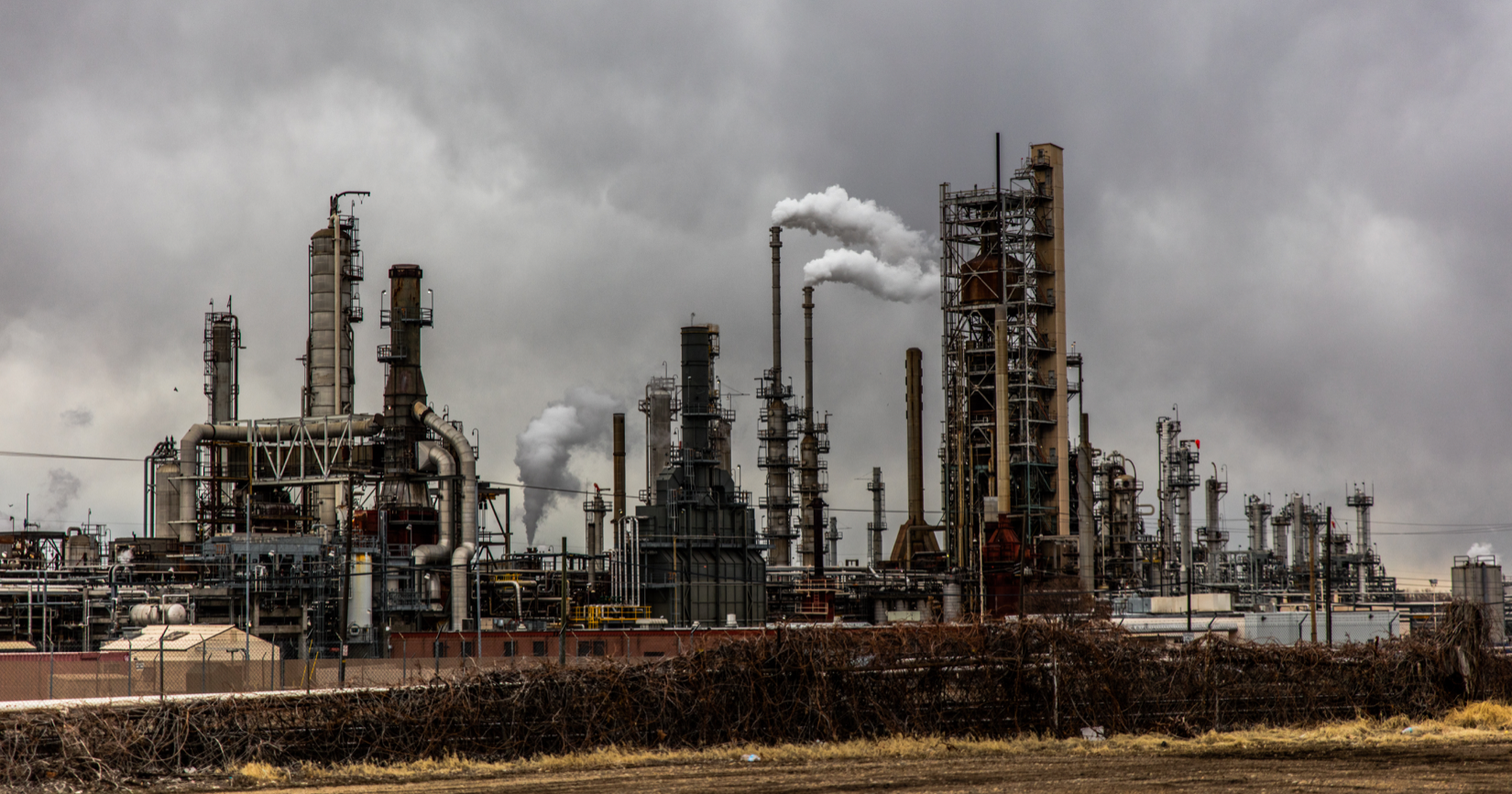On Apr. 21, Singapore woke up to the sensational news that the price of crude oil had plunged below zero and into the negative figures.
According to The Guardian, the price of U.S. crude oil (West Texas Intermediate crude) dropped sharply to - US$38 (- S$54.20) a barrel.
This was the first time in history that oil prices have dropped into the negative figures.
But the Financial Times reported on Apr. 21 that prices have recovered, and that U.S. crude was going for US$1.43 (S$2.04) a barrel.
Why?
There are two main reasons behind the historic plunge.
Reduced demand
The first is the Covid-19 pandemic.
Due to lockdowns in countries around the world, and the halting of non-essential economic activity, the demand for oil has dropped significantly.
Back in March, satellite images saw a drastic drop in pollution levels over China's industrial heartlands, demonstrating the lack of industrial activity.
While China is slowly re-opening its societies and industries, it will take time for it to get back to where it was before the pandemic struck.
And the rest of the world is still under lockdown, to varying degrees.
With air travel also impacted, the demand for oil and fuel is the lowest in decades.
Increased supply
But a fall in demand is only one piece of the puzzle.
The pandemic has also unfortunately coincided with a historic glut in supply.
Back on March 8, Bloomberg reported that the mega oil-producing nations of Russia and Saudi Arabia failed to come to an agreement on cutting oil production, for various reasons.
This resulted in an abundance of oil on the market.
Russia, Saudi Arabia and the U.S., along with other countries, finally came to an agreement on April 9 to cut 9.7 million barrels of oil a day from the global market, reported the Wall Street Journal.
However, the cut was not enough. According to the New York Times, daily oil consumption is expected to fall by as much as 29 billion barrels per day, or about three times as much as the cut in supply.
But why now?
So there was a situation where an oil glut steadily built up, despite the April 9 agreement.
But what sparked the rush to offload oil?
According to Reuters, it all began in the small town of Cushing, Oklahoma.
It is one of the U.S.'s main storage areas for oil. As of last week, it was 70 per cent full. Traders projected that it would be full within the next two weeks.
But there was another consideration.
According to the technicalities of the West Texas Intermediate futures contract, which expires on Tuesday (American time), the holder of that contract has to take possession of 1,000 barrels of oil for each contract he holds, and deliver them to Cushing.
But if Cushing has no space, the traders themselves will have to find alternate places to store their oil at short notice.
This may have led to traders rushing to offload oil, leading to cratering prices, which saw traders pay storage facilities to take the oil off their hands.
Won't change pump prices much
On April 21, US President Donald Trump said the administration would move to support the industry.
"We will never let the great U.S. Oil & Gas Industry down,” he said in a Twitter post.
“I have instructed the Secretary of Energy and Secretary of the Treasury to formulate a plan which will make funds available so that these very important companies and jobs will be secured long into the future!”
We will never let the great U.S. Oil & Gas Industry down. I have instructed the Secretary of Energy and Secretary of the Treasury to formulate a plan which will make funds available so that these very important companies and jobs will be secured long into the future!
— Donald J. Trump (@realDonaldTrump) April 21, 2020
If you think this might translate to significantly lower prices at the pump in Singapore, not so fast.
For one thing, the price of oil is already rebounding.
And while oil prices are a significant factor in petrol prices, there are other costs involved, such as taxes, land duties, operational and refining costs.
In March 25, Senior Parliamentary Secretary for Trade and Industry Tan Wu Meng explained in Parliament that while you may see a drop in price, especially if oil continues to trade at rock-bottom prices, there is a lag.
Along with the other costs mentioned, don't expect petrol prices to dip so fast.
Related story:
Top image by Patrick Hendry from Unsplash.
If you like what you read, follow us on Facebook, Instagram, Twitter and Telegram to get the latest updates.
